During pyrolysis, the biomass constituents, i.e. cellulose, hemicellulose, lignin and organic extractives are decomposed under the influence of heat. The three main lignocellulosic constituents display distinct degradation behaviours during pyrolysis with hemicellulose degradation occurring between 220-315 °C, cellulose degradation between 315-400 °C and lignin decomposition progressing over a broad temperature range of 160-900 °C due to its stable amorphous structure (Yang et al., 2007). During pyrolysis, complex interactions between competitive reaction pathways at the solid, liquid and gas interfaces take place in the form of dehydration, decarboxylation, depolymerisation and carbonisation as primary decomposition reactions, while secondary tar cracking, repolymerisation and condensations occur as secondary reactions (Fawzy et al., 2021). Secondary charring is especially important in the context of feedstock doping as minerals and metals are known to promote secondary char formation and therefore result in considerable solid yield increases (Anca-Couce et al., 2014; Buss et al., 2019; Collard et al., 2012).
Due to the temperature dependent degradation characteristics of biomass constituents, the highest treatment temperature during pyrolysis is the main determining process condition, with parameters such as the heating rate, the solid and the vapor residence time as additional factors (Crombie and Mašek, 2014). Solid yields from lignocellulosic biomass are typically decreasing with increasing production temperature, for instance, falling from 40 to 20 wt% (d.b.) at a temperature increase from 400 to 700 °C (Giudicianni et al., 2020). In parallel, progressing aromatisation with increasing temperatures results in higher thermal and chemical stability of biochar, increasing the recalcitrance against decomposition. This is accompanied by an increasing concentration of carbon in the solid residue, resulting in typical carbon contents of 70-95%. Therefore, the carbon sequestration potential of biochar is a balance between higher yields of biochar with lower stability at low temperatures, and lower yields but higher stability at increasing temperatures (Crombie and Mašek, 2015).
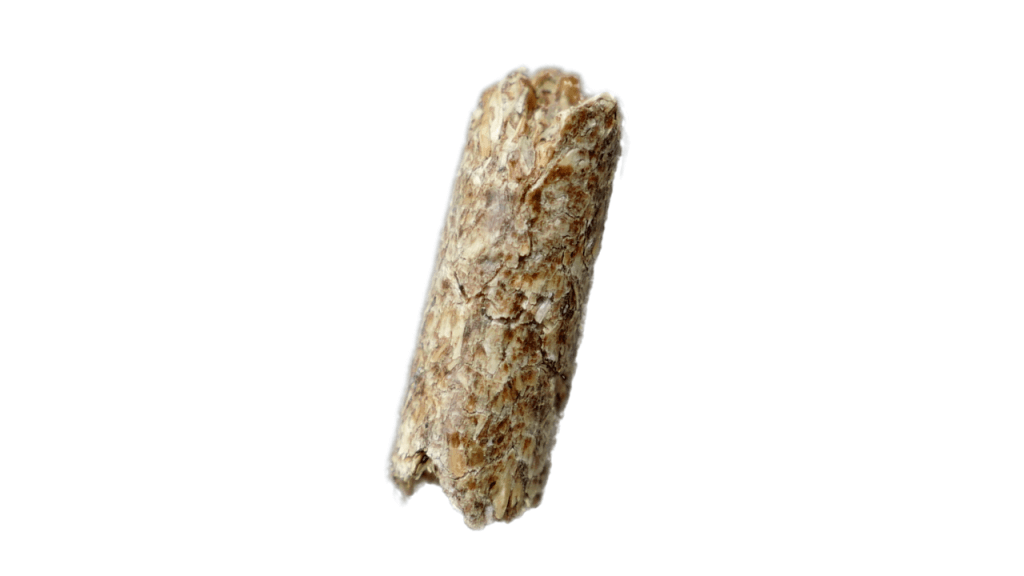 Feedstock
Feedstock
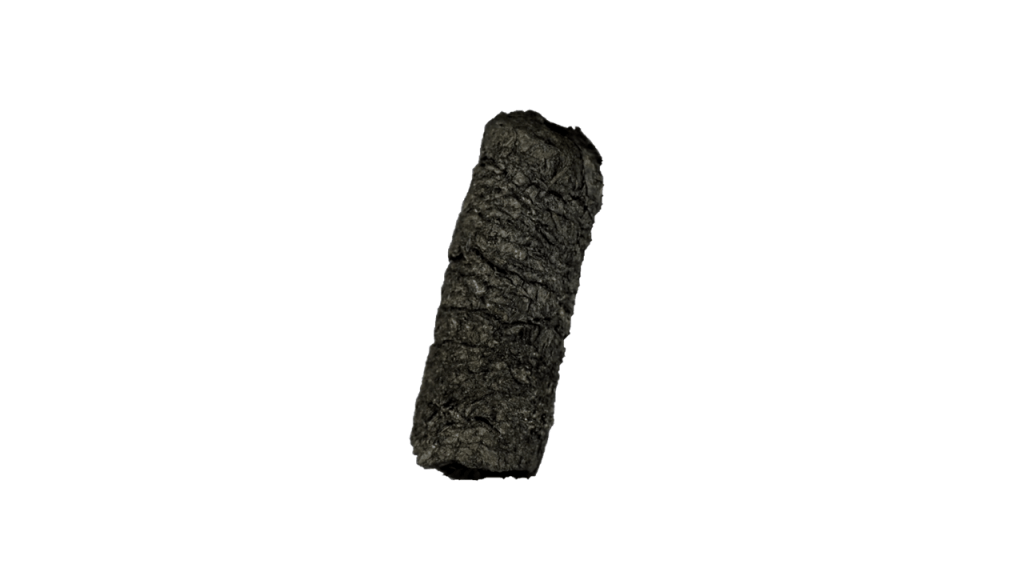 Biochar
Biochar
The continued rise of anthropogenic greenhouse-gas emissions and atmospheric CO2-concentrations poses the biggest threat to humanity in the 21st century. Although human-induced climate change is now acknowledged among societies around the world, approaches to transform our fossil-based economies are not definite, repeatedly contested and continuously renegotiated as seen in the 26th United Nations Climate Change Conference in 2021.
While it is clear that even an immediate halt in emissions would result in rising temperatures within this century (Frölicher et al., 2014; Meehl et al., 2005), limiting global warming to 2 °C as set out as the minimum aspiration in the Paris Agreement requires global greenhouse gas emissions to reach net zero by 2050 (Haszeldine et al., 2018).
Although urgent and large scale emission reductions are the main factor influencing the possibility to reach net zero, relying on emission reductions alone will not be sufficient (Buylova et al., 2021; Rogelj et al., 2018; Smith, 2016).
Carbon dioxide removal (CDR) technologies, which actively remove CO2 from the atmosphere, are already being incorporated into international and national strategies to combat climate change (Buylova et al., 2021). These geoengineering options can help alleviate exponentially increasing costs in decarbonising societies to net zero (Haszeldine et al., 2018).
However, CDR technologies are currently not employed on a global scale due to insufficient technological readiness, economic inefficiencies, or unknown environmental risks (Buylova et al., 2021; Terlouw et al., 2021). Therefore, technological advancements are urgently needed. In 2018, the Intergovernmental Panel on Climate Change (IPCC) assessed six promising land-based CDR technologies: soil carbon sequestration, biochar, enhanced weathering, direct air carbon capture and storage, bioenergy with carbon capture and storage, afforestation and reforestation (de Coninck et al., 2018).
Each CDR technology presents specific advantages and limitations in areas such as energy requirements, scalability, or arable land requirements, with no silver bullet technology available. Nevertheless, biochar is one of the few technologies that can offer additional benefits beside the reduction of atmospheric carbon (Fawzy et al., 2021; Smith, 2016).

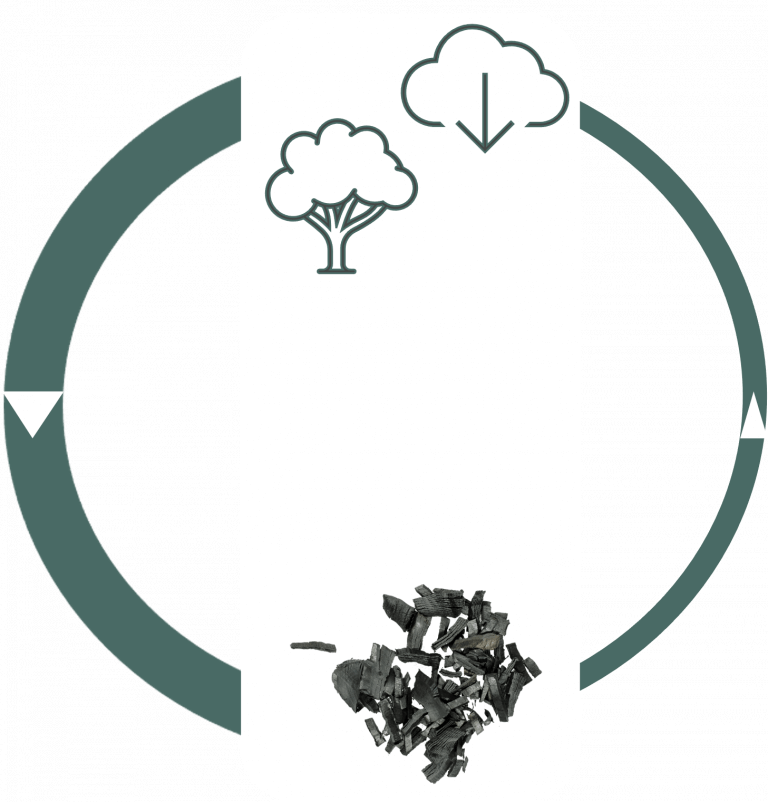
Pyrolysis can be done on all kinds of biomass ranging from wood waste to seaweed or sewage sludge. The produced biochar will be different depending on your feedstock as well as the production parameters.
This flexibility of biomass pyrolysis determines that what we call biochar is not a single product, but a class of materials with varying properties and functions.
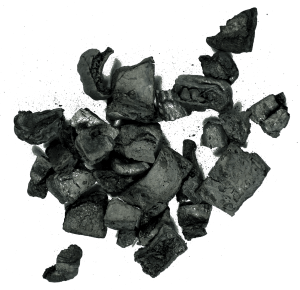

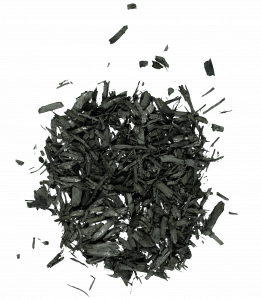
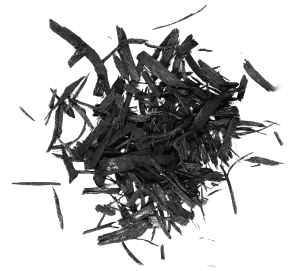
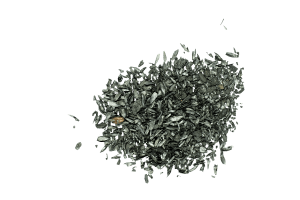

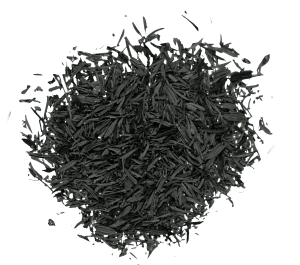
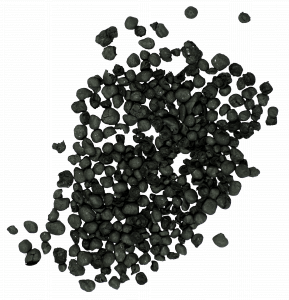

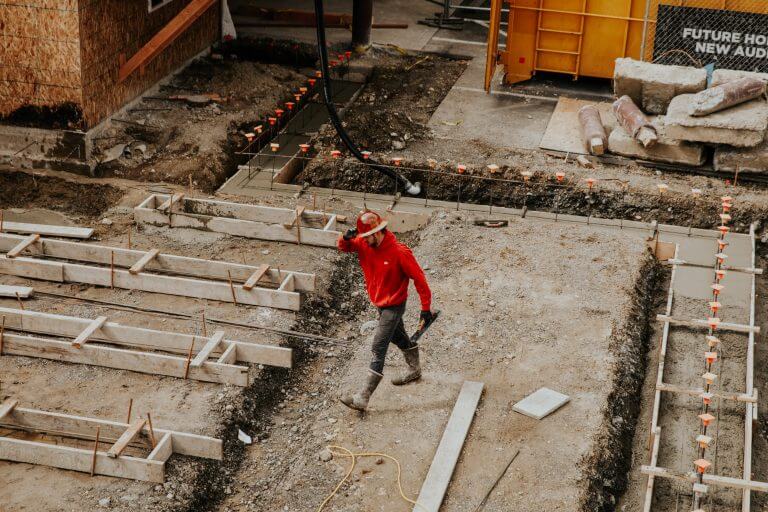
However, as our understanding of biochar’s functionality grows, novel applications are continuously being discovered. From the use in wastewater filtration to remove heavy metals and pharmaceuticals, gas filtration to remove harmful H2S, to its use in building materials or animal feed. The more we know about biochar, the more applications become possible. Research applications now include the use of biochar in batteries, supercapacitors, smart textiles, printable bioplastics, or as carrier material for pharmaceuticals.
contaminants
density
crystalinity
stability
size
nutrients
porosity
pH
C-content
electric conductivity
functional groups
Accelerating research keeps identifying new application areas for biochar. There were over 6000 scientific publications about biochar in 2022 alone.
Through our in-house expertise and extensive partner network, we can provide guidance in assessing the potential benefits of biochar use in various applications.

Enchar has a large network of biochar producers and assess each biochar before we take it in our database. For each prospective biochar user, our experts will then select the biochars which are most effective in a specific application.
Copyright © 2024. All Rights Reserved.
Icons made by Candy Design from www.flaticon.com